Should You Buy a Car With a CVT Transmission?

Thanks to some crafty engineering, you may never have to experience “Shift Shock” again. Here’s how a CVT delivers that smooth driving experience.
HOW IT WORKS
The feel of a CVT can be odd. The rpm of the engine can fluctuate a lot while driving, especially when accelerating. Or when accelerating hard, they’ll just sit unchanged at a lofty rpm level while the car pulls forward. Compared to an automatic or manual transmission, a CVT is much smoother. Feeling like one really long gear, in reality its a nearly infinite collection of gears all meshed together.
CLEAR BENEFITS
Many cars nowadays are being sold with CVTs instead of traditional automatics, mainly because of their efficiency. In fact, the new 2013 Nissan Altima (above, read our review here) uses a CVT transmission and is rated as the most fuel-efficient mid-size sedan on the market with a 38 mpg highway rating. In addition, almost all hybrids use CVT transmissions, including the Prius, helping maximize fuel economy.
ALSO SEE: CVT Transmission Pros and Cons
While drawbacks in terms of responsiveness are usually noted by driving “enthusiasts”, Continuously Variable Transmissions have one key advantage over their automatic and manual counterparts. When driving up hills, where traditional automatics can struggle, a CVT can seamlessly provide power without shifting. Even-speed hill driving can prove to be a tough endeavor for novice manual transmission drivers. We actually praised the CVT in the Scion iQ ( read our review here) for delivering exactly this sort of responsiveness on the hills in San Francisco, despite a tiny 1.3-liter engine and just 94 hp. Nissan has been selling cars with CVTs for quite some time now, and has had considerable success introducing the new transmission type into the market.
According to Steve Yaeger, from Nissan North America, “With coming CAFE and CO2 emissions regulations requiring better fuel economy and lower emissions, the CVT gives the Nissan lineup an attractive alternative to conventional automatics that is more efficient on both fronts.”
NOISY, AND WHAT ABOUT RELIABILITY?
Still, CVTs are having a tough time breaking into the market. It turns out that many drivers don’t like the loud and strange noise of their car’s engine revving wildly. Many drivers liken the sound, and the feeling, to that of a slipping clutch. Additionally, CVTs are usually less likely to be paired with higher horsepower, or higher torque engines.
Lastly, not all CVTs are well equipped to deal with towing. Additionally, the reliability of the modern CVT has yet to be tested. The Nissan Murano (seen above) was the first car Nissan offered with only a CVT, and it had some pretty serious problems. Some were so bad that the whole transmission had to be replaced.
ALSO SEE: Top 15 Best Fuel Injector Cleaners
However, since then, Nissan has extended the warranty of the transmission to 10 years/120,000 miles. That should help alleviate any fear buyers may have over the reliability of getting a car with a CVT. If you enjoy revving your car to its redline, and feeling the thrust as your car shifts, then maybe a CVT isn’t for you at all. For those types, you may want to try your hand at a Dual Clutch Transmission (DCT) if you want to have a sporty feel and keep an automatic. Otherwise, the CVT is a fine choice in the world of economical cars. Many hybrid vehicles use a form of CVT to get such high mile per gallon numbers. It’s good with fuel, and smooth. Sorry about the noise though, but you might just get used to it.
KNOW WHAT YOU WANT
In summary, there are a few advantages to getting a vehicle with a CVT: It’s good on gas, gives a relatively smooth ride, and is versatile enough for daily driving. It also has a few drawbacks. It’s nowhere near as fun or engaging as a dual clutch automatic or manual transmission. It can also make quite a racket when accelerating hard. Keep these points in mind when looking at your next car. A CVT can help make or break the purchase, so be sure to know what you want, and how the transmission plays a part in it.
Should You Buy a Car With a Manual Transmission?
Should You Buy a Car With a Dual-Clutch Transmission?
Should You Rust Proof Your New Car?
Should you Buy a Car with AWD?
What does the smoke from my exhaust mean?
What’s the best all-wheel drive system?

Sami has an unquenchable thirst for car knowledge and has been at AutoGuide for the past six years. He has a degree in journalism and media studies from the University of Guelph-Humber in Toronto and has won multiple journalism awards from the Automotive Journalist Association of Canada. Sami is also on the jury for the World Car Awards.
More by Sami Haj-Assaad



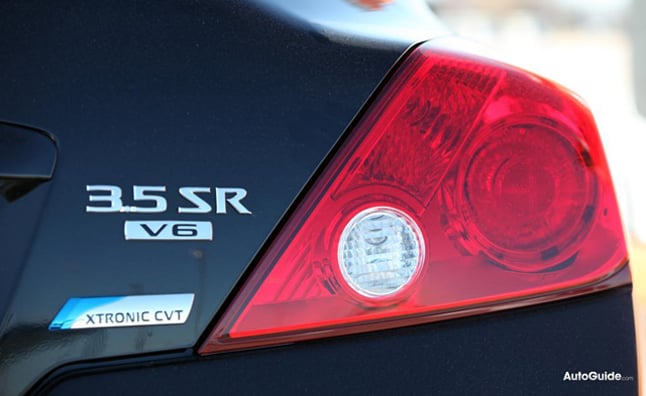














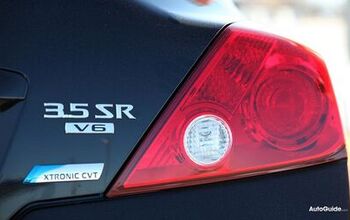
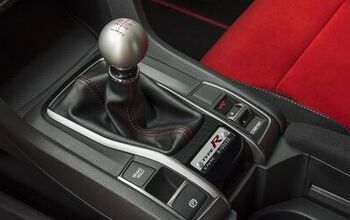
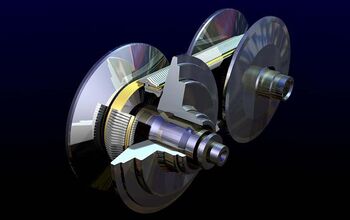


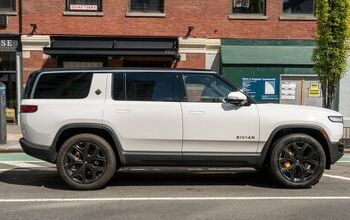


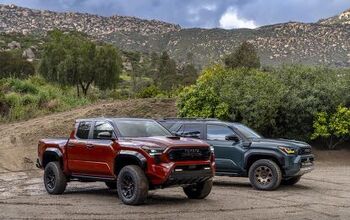
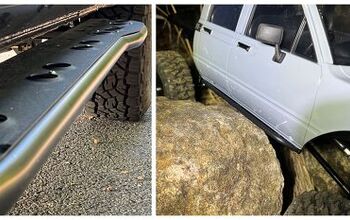
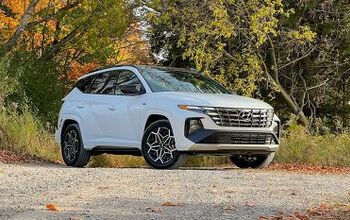




Comments
Join the conversation
My 2008 Altima CVT has 201K miles on it now, one fluid change at 150K miles. Now I'm getting a code saying the temperature sensor in the transmission is malfunctioning. It only happens when you are going 80 MPH when the ambient temperature is over 100F. I think I'll change the fluid again and see if that clears things up.
There will never be another Nissan car in my driveway. No CVT vehicles here. Move on to Toyota or Mazda.